RHS'69












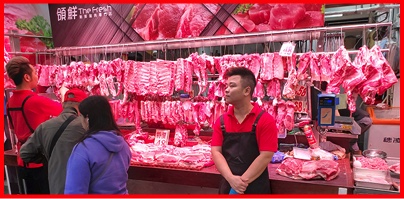
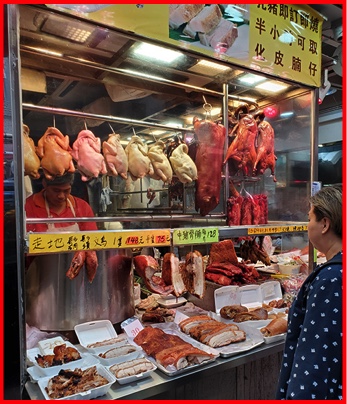

A Search for Family Roots

U.S. State Department travel advisory: Exercise increased caution in Hong Kong due to civil unrest.
Since June 2019, large and small political demonstrations have taken place in various areas of the city. Some have resulted in violent confrontations between protesters and police.
Ignoring all that, RHS'69 Reunion Committee chair Vincent Yim visited Hong Kong to see and learn about the part of his family he never met.
Back home he removes his flak vest and tells of a wonderous trip.
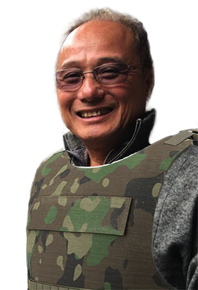

We are back in our first hotel, L’Hotel Nina Convention Center, breakfast not bad.
Afterwards we went across the street to the local Farmers Market. Back in the days there were no refrigeration or freezers. So residences would go to their local market to buy provisions daily. The vendors had to make sure their produce were picked the day before. Fish would be still alive or pigs were butchered on the spot.
Think about it. It would be fresher than buying your food from your own supermarkets which has been frozen or pre-packaged with preservatives.
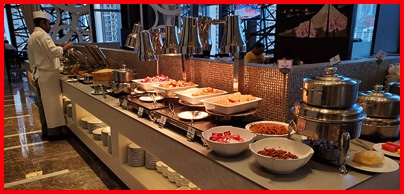
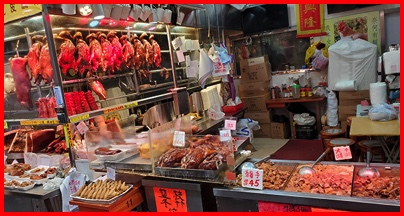
The busier the market place the fresher the products. To stock it so high, means high volume sales.
They sell it all fresh with no refrigeration!
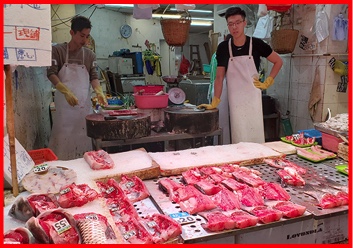
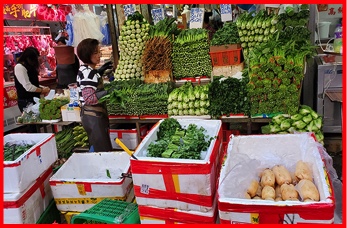
The pigs were cut that morning into large sections. He is ready to butcher the sections to smaller portions, the way you like it.
They sometimes display the inners to show how fresh it is. Or you want to buy it to make...
You cannot get more fresh fish then when you can see them swim in a shallow pan of water.
Scaled and cleaned on the spot when you point to the one you want to buy.
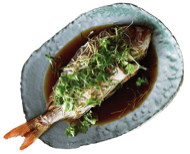
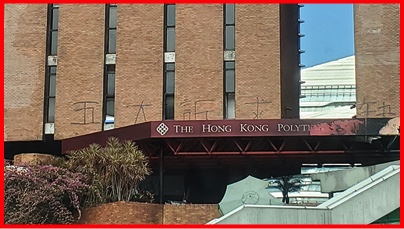
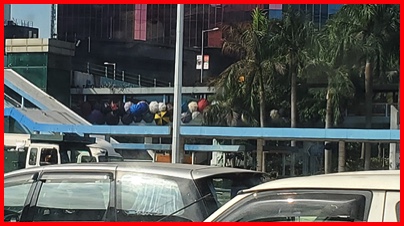
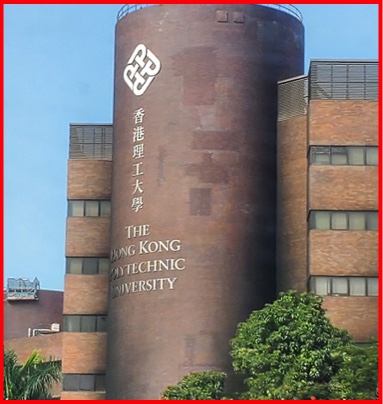
We are back on Hong Kong Island and the protests continue.
We went by The Hong Kong Polytechnic University where for 3 weeks the protesters barricaded themselves. The bridge from Kowloon into HGK was closed for 2 weeks and they announced the reopening so we were some of the first to cross it that morning.
Students and residents fought off the police with bricks, fire bombs and arrows. You can see the large umbrellas next to the scorched stairway and the graffiti on the red brick wall.
On the pedestrian walkway are umbrellas to protect themselves from rubber bullets and tear gas canisters.
These protests have gone on since last June and no end is in sight.
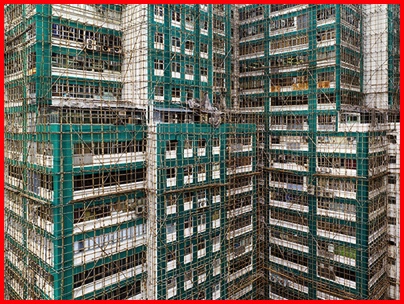
Hong Kong made Bamboo scaffolding famous. Here’s a scaffold with no ground support.
Suspended on a steel wall 10 stories up.
They build these scaffolds all the way up to 60 story buildings.
Bamboo scaffolding may appear fragile, but it is really a time-proven technique that goes back at least a thousand years.
In Hong Kong, bamboo scaffolding is used as the primary method to build skyscrapers, which at first glance, seems a little frightening.
It takes only about a day to put up a 1,000-foot-tall scaffold using bamboo and Hong Kong yearly uses up about 5 million bamboo rods, each 23-feet long.
Compared with iron rods, bamboo rods are cheaper, faster to build, and easier to transport. Despite their appearance, bamboo rods are actually safer, as they are much lighter than iron rods and cause less damage if they fall.
To build bamboo scaffolding only requires three things: bamboo rods, scissors, and plastic fiber straps. Workers often set up scaffolding in the middle of the night, eight hours at a time.

February 1, 2020